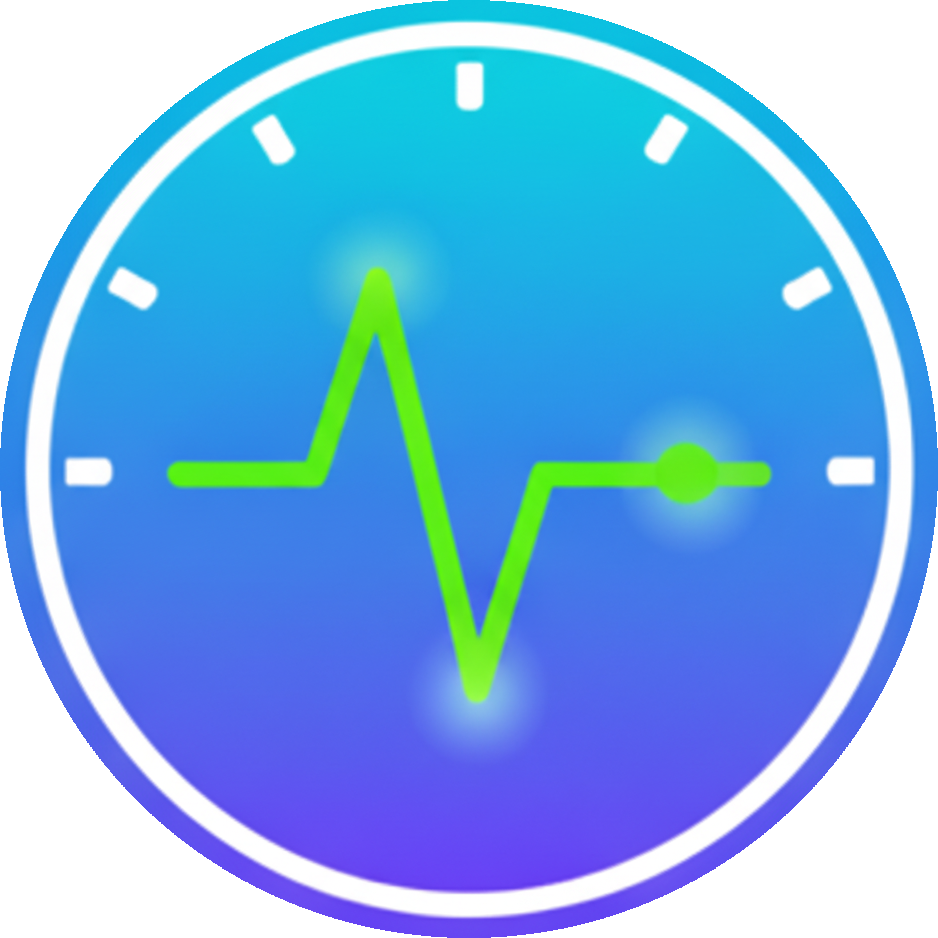
Trados AI Monitor
By multifarious
Free
Description
Trados AI Monitor - Real-Time Cost Tracking for OpenAI Translation
Trados AI Monitor provides real-time visibility into OpenAI API usage and costs within Trados Studio. Designed for translators and translation companies, this standalone application tracks token consumption, calculates costs, and delivers detailed analytics - all without external tools like Fiddler.
The application intercepts OpenAI API calls directly, capturing input and output token usage with separate pricing calculations. A live statistics dashboard shows current session costs, whilst comprehensive call history provides detailed breakdowns of each translation request. Export functionality allows data analysis in Excel format.
Key features include automatic cost tracking with maintainable OpenAI pricing, natural language explanations of token usage patterns, and proxy management that attempts to preserve corporate network configurations. The application runs independently alongside Trados Studio, with built-in crash protection ensuring network settings remain intact.
Trados AI Monitor supports 12 languages for the interface (feedback welcomed to improve it!). The interface provides compressed statistics alongside detailed call information for optimal information density.
Technical details
1.0.0.0 - Trados Studio (2024, 2022)
Changelog:
No related information
Checksum:
Release date: 2025-11-10
Trados Studio (2024, 2022)
1.0.0.0
No related information
Introduction
Trados AI Monitor lets you track and control your OpenAI API usage in Trados Studio. It works by intercepting all OpenAI API calls made from Trados Studio and calculating real-time token and cost data. This gives you full visibility into your AI translation expenses, helps verify your billing accuracy, and ensures you can manage costs confidently - without changing how you work.
Read the full documentation here: https://multifarious.filkin.com/product/trados-ai-monitor/
Key Features
- Real-Time Cost Tracking: Monitor token usage and costs as you translate.
- Billing Reconciliation: Compare tracked usage with your actual OpenAI account.
- Automatic Pricing Updates: Always stay current with OpenAI’s latest rates.
- Complete History: View and export all API calls and token data.
- Project Analytics: See which projects or clients consume the most tokens.
- Secure Integration: API keys encrypted locally using Windows DPAPI.
- System Tray Mode: Runs quietly in the background.
- Multi-Language Interface: Available in 12 languages.
- Professional Reporting: Export reports for clients or accounting.
Technical Requirements
- Compatible with: Trados Studio 2024 (any version using OpenAI API)
- Operating System: Windows 10 or Windows 11
- Runtime: .NET 8.0 (included in installer)
- Storage: Local SQLite database
- Proxy Engine: Built-in Titanium Web Proxy
- Installation File:
TradosAIMonitorSetup.exe(delivered in a ZIP file)
